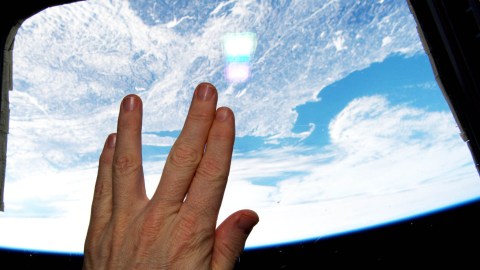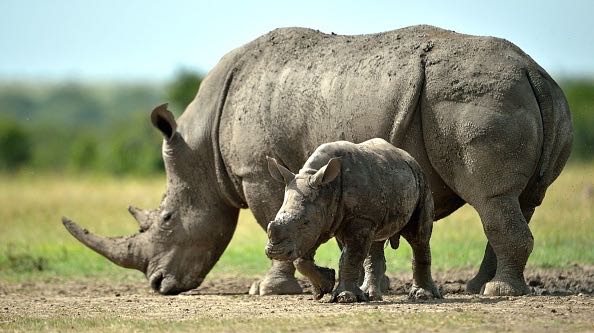How Will We Know When We’ve Found Another Earth?

With all the worlds out there, it’s difficult to find one that does just as well as the blue marble we’re sitting on now. We’ve got it good here in the Milky Way, but if the human species is to continue on, finding another settlement might be necessary to our survival.
Stephen Petranek, a journalist and author of a new book titled How We’ll Live on Mars, agrees. He says we must become a space-faring society. Mars is the first step, a step that won’t be without its challenges, but a necessary one that will better prepare us.
In order to strive beyond Mars, we need to find a planet that could sustain us first, which, as it turns out, is rather difficult. Astronomers believed they may have found a habitable planet 16 light-years away. But what exactly qualifies a planet to be habitable without actually visiting it? In the past, researchers have described that the tilt of a planet’s axis plays a key role in the climate cycles of a planet, assuring it’s not too hot or too cold at any one time. Researchers even expanded their criteria to include planets with a horizontal tilt that resembles that of a rotisserie chicken, claiming that it could sustain life. That is, so long as the planet is covered in water.
Dr. Christopher Watson, a senior lecturer in extrasolar planets and low-mass stars at Queen’s University, Belfast, has gone deeper into the topic of what makes a planet habitable in a recent article for the BBC. There’s the amount of cloud cover on the respective planet to consider: The more cloud cover, the closer the “habitable zone” moves toward the star. If it’s too far away, then the planet won’t be able to absorb enough heat. But then, he went on to explain that the size of the star also moves the habitable zone of a promising planet. The bigger the star, the farther away the habitable zone (you don’t want an irradiated planet that’s sitting too close to a red dwarf star, after all).
Not to mention the possible lifetime of that star near the planet. Too big and the star will burn out in a few million years, compared to our more energy-efficient sun which is slated to last for several billion years. Watson goes on further to write that he “[hasn’t] even begun discussing some of the ‘rare-Earth’ arguments that point out a range of factors that affect the Earth that may be necessary for life, but that may be rare for other planets.”
He writes:
“These are things like the presence of Jupiter (which may or may not deflect asteroids and comets from striking the Earth) or the presence of the moon (which may stabilise Earth’s spin).
“This may seem all doom and gloom, but I only mean to highlight the difficulties in defining what might be a ‘habitable’ planet; not that I don’t think there are any out there, or that we can’t find them.”
It’s a process that is continuing to evolve. It was hard enough to look beyond our own solar system 20 years ago and now we can look at thousands of candidates. We can only wonder what the possibilities of 20 more years will bring.
Read more at BBC.
Photo Credit: NASA / Handout/ Getty





